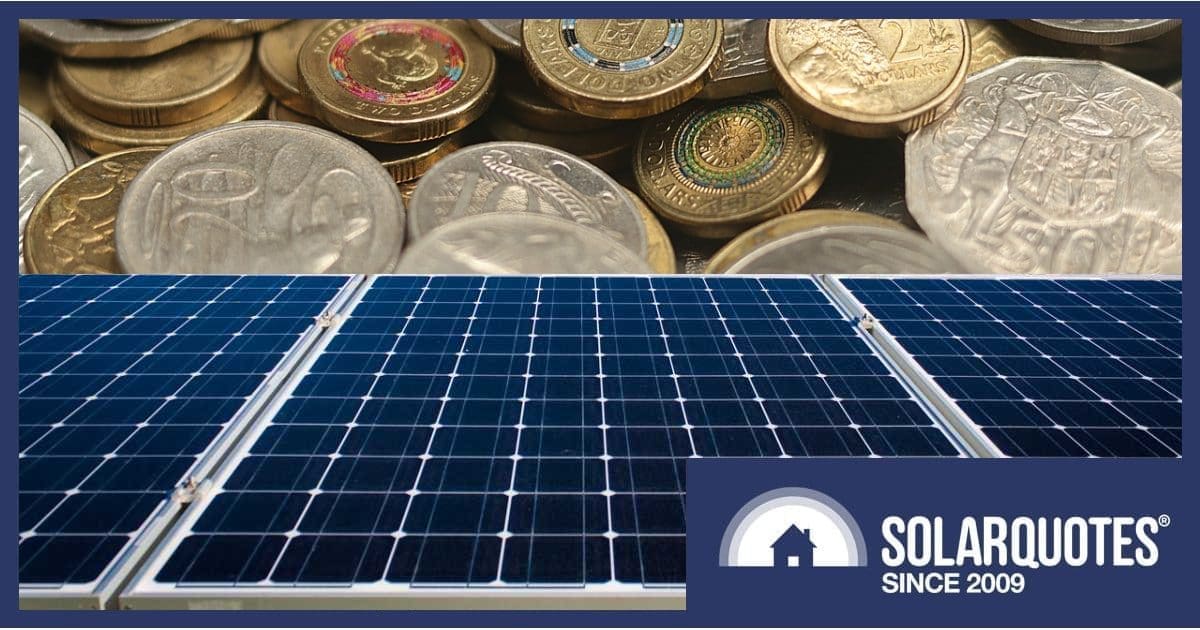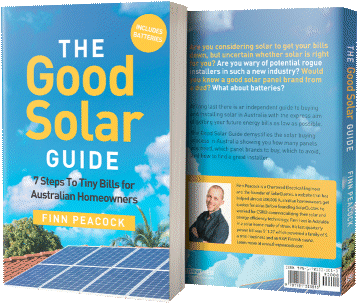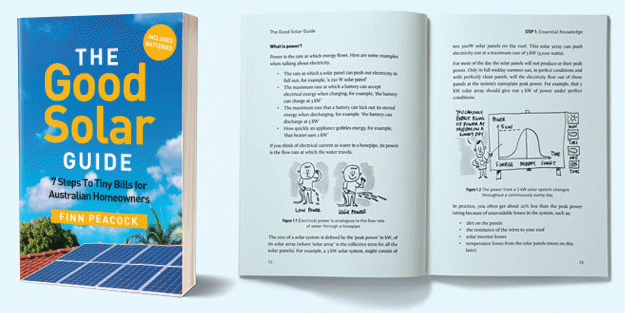New South Wales’ Independent Pricing and Regulatory Tribunal (IPART) has released its solar feed-in tariff rate guidance for the 2025/26 financial year.
NSW electricity retailers aren’t required to offer the state’s solar owners a feed-in tariff. But each year IPART sets benchmark ranges that act a guide for system owners as to what they might be paid for the surplus solar electricity they export to the grid.
For the current financial year, the guidance for flat rate feed-in tariffs in NSW is 4.9 to 6.3 cents per kilowatt-hour (kWh).
For 2025/26, the guidance is 4.8c to 7.3 c/kWh. According to IPART, the increase on the high end of the benchmark range reflects that wholesale prices are expected to be a little more over the 2025-26 financial year at times solar power systems are exporting to the grid.
IPART has also published time-of-day solar feed-in tariff benchmark ranges for 2025/26. Very few retailers offer this option, but you can see the IPART guidance for those rates here.
Feed-in tariff rates are always much lower than the retail price of electricity as retailers have to recoup a number of costs, such as:
- network charges for using the grid.
- payments for environmental programs.
- operating costs such as billing services and running call centres.
And of course, a margin for profit.
When solar power systems are exporting to the grid during the day, the wholesale cost of electricity is often much lower; putting downward pressure on feed-in tariffs. Negative electricity prices in New South Wales are also becoming increasingly frequent due to a rise in renewable energy generation.
But when the sun isn’t shining and the wind isn’t blowing, wholesale electricity prices shoot up and this is (part of) the reason why retail electricity prices remain stubbornly high while feed-in tariffs remain comparatively low. In the case of NSW, cost increases associated with the state’s Electricity Infrastructure Roadmap and higher transmission costs have also contributed to upcoming electricity price increases.
Rather than feed-in tariff income, the real value in installing a solar power system these days is maximising solar energy self-consumption to avoid paying high mains grid rates — and it has been this way for some years.
Boost Self-Consumption With A Solar Battery
A way to increase solar energy self-consumption is to store surplus in a home battery for use in the evenings, overnight and during poor solar electricity generation conditions.
While higher feed-in tariffs increase home battery payback, given NSW solar owners *should* be able to benefit from *two* generous incentives on an eligible battery (the current NSW battery rebate and upcoming federal government rebate); and even join a VPP if they wish, any small feed-in tariff increase (should it happen) will have little effect.
Just on the ‘stackability’ of the NSW and federal battery rebates; the last we heard was the New South Wales Government was still working on it and other gremlins in the Peak Demand Reduction Scheme (PDRS) in relation to home energy storage. With just 4 weeks to go until the federal rebate drops, here’s hoping that’s all sorted *very* soon.
The Best Electricity Plans For NSW Solar Owners
As mentioned, electricity retailers in New South Wales aren’t required to offer rates within IPART’s guidance range, or anything at all – but most do. Using the SolarQuotes electricity plan comparison tool and inputting the postcode 2000 (Sydney), it shows while a substantial number of plans offer less than IPART’s 2024/25 lower benchmark, quite a few are offering 5c and some even more. One retailer is offering 12 c/kWh, but has high consumption rates and there may be other devil in the detail.
That’s part of the trick for solar owners in choosing the best electricity plan. Ideally, it should be a balance of reasonable feed-in-tariffs, usage tariffs and daily charges without tricky conditions attached. And solar owners are usually better off with simple, fixed consumption tariffs; while solar and battery owners should take a look at time-of-use tariffs with lower off-peak and shoulder rates.


 RSS - Posts
RSS - Posts



Could Solar Quotes please reveal how they know that the NSW government “is working on” harmonising the PDRS rebate with the Federal rebate because I can’t find any official information that this is happening.
The only official information is that the NSW rebate can’t be “stacked” with the Federal rebate.
The NSW government has sought feedback from industry for a range of issues with the PDRS – harmonising with the federal rebate is just one of the things they are looking at.
I wish to comment on the:
´And solar owners are usually better off with simple, fixed consumption tariffs; while solar and battery owners should take a look at time-of-use tariffs with lower off-peak and shoulder rates.´
One really needs to look at the usage: If the PV is used during the day, it is worth considering TOU. You can look at a bill with the 3 rates, then calculate the bill on TOU. you can usually guess which reading is peak, shoulder & O/P.
If the bill has only totals, ask the retailer for the broken down information (you must have a smart meter tho).